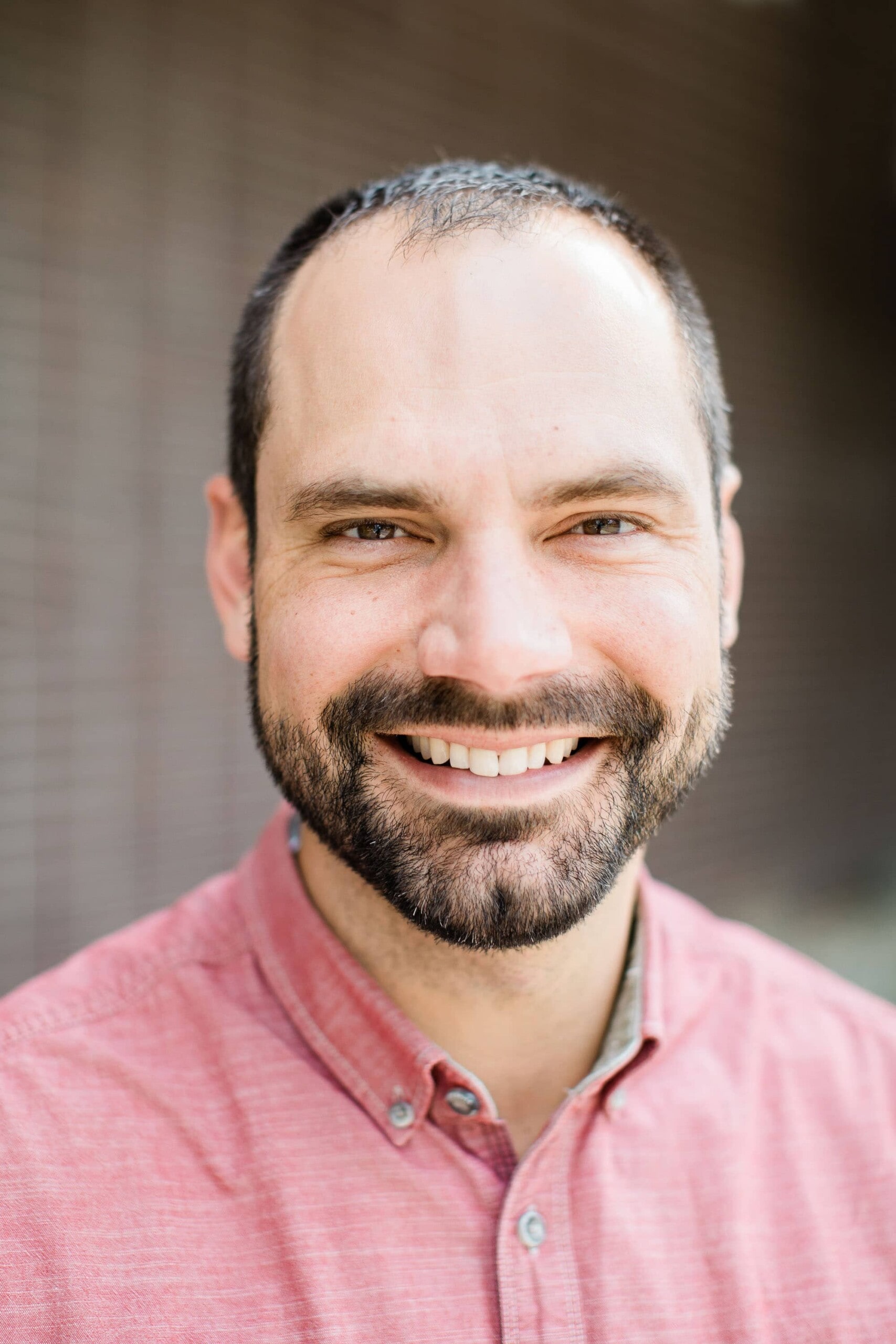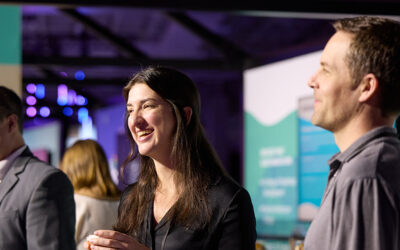Last Updated, August 25, 2023
Experience Management (XM) at scale is enabled by technology. Today’s leading enterprises go through a rigorous evaluation and selection process to ensure that their investments deliver the scale, efficiency, and reach promised by technology platforms.
The path to building out and maintaining an Experience Management program by leveraging technology is familiar:
- Business needs are identified
- Tech platform demos spark excitement and organizational buy-in
- Cross-functional stakeholder input is gathered
- Detailed RFPs are crafted
- Side-by-side feature functionality comparisons are made between competing products
- Pilots and proof-of-concept programs are tested
Finally, after months of careful consideration, a decision is made, and an Experience Management technology is selected. The deal closes. A services team steps in to activate the platform and a Customer Experience (CX) program comes to life.
Even when equipped with best-in-class technology, organizations running on the same Experience Management platform often have vastly different experiences with the technology. Some companies are fully satisfied and achieve high-impact outcomes using the platform, while others are frustrated and underwhelmed.
Why are client experiences with the same technology so divergent?
In today’s technology-centric world, SaaS platforms are the instruments at center stage. An instrument by itself will simply lie in silence until it is picked up and played. Individuals and teams of people collaborate to apply their expertise, skill, and creativity to make the instrument sing. Any organization with the right resources can invest in the technological equivalent of a Steinway grand piano. The powerful capabilities of this specific instrument would still be muted and lost in the hands of a novice player, or even in the hands of a world-renowned musician…who plays classic rock guitar.
Once an Experience Management technology is identified, many companies treat the selection of the services team who will design, customize, build, and orchestrate the technology as inconsequential or an afterthought. Regardless of the instrument, the primary difference between creating a symphony or a cacophony is the players–the people working on the platform.
The difference maker
These people, the players, are the services teams who listen, understand, and translate their client’s business needs to ongoing, evolving program and platform design and development. Exceptional services partners bring up-to-date expertise in the technology, a perspective on how it may best be applied to enable action and improvement, and guidance on where to focus to meet an organization’s CX maturity and changing business priorities. Picking the right services team for your organization demands the same rigor and attention as the choice of technology.
Maybe your CX platform is singing a harmonious melody or maybe it’s a little out of tune. Consider whether you have the right players on your team to support continuous improvement, optimization, and up-leveling at your organization.

Matt Fulton is commonFont’s Co-founder and Chief Customer Officer, where he leads teams that make clients’ Experience Management platforms sing. Lacking any musical training or talent, he’s found a way to fulfill his ambitions as an artist by drawing connections between technology and classical music.



